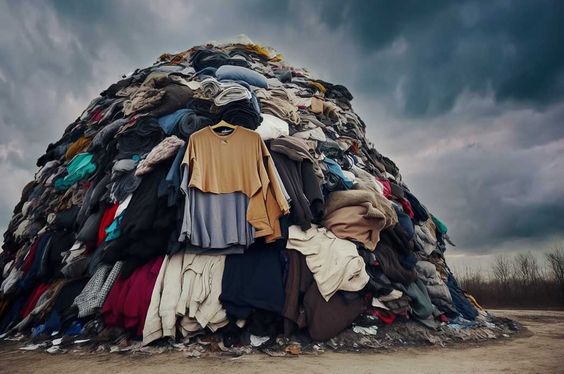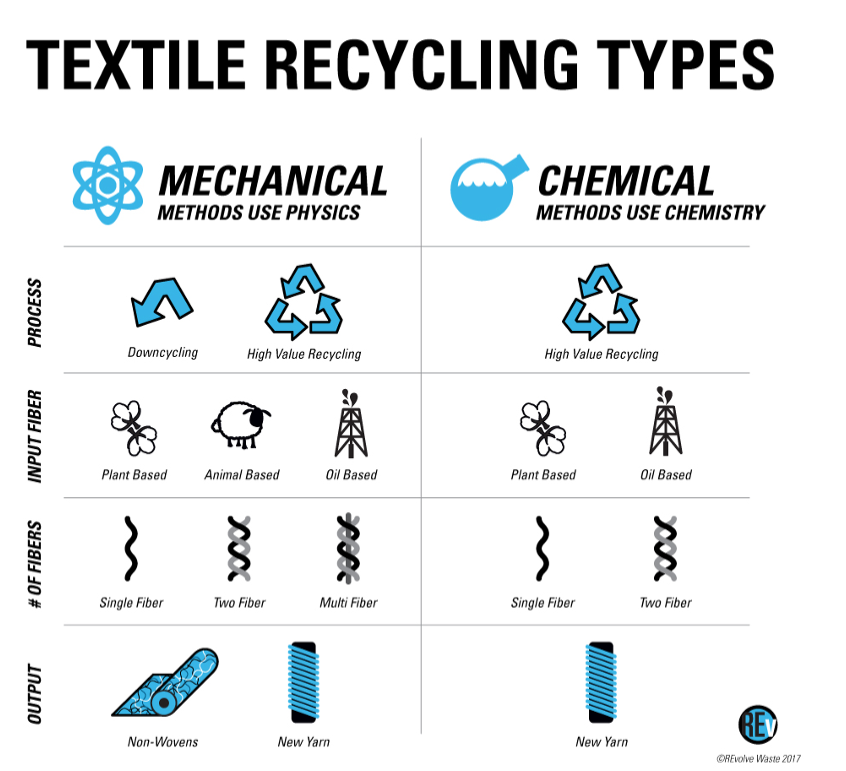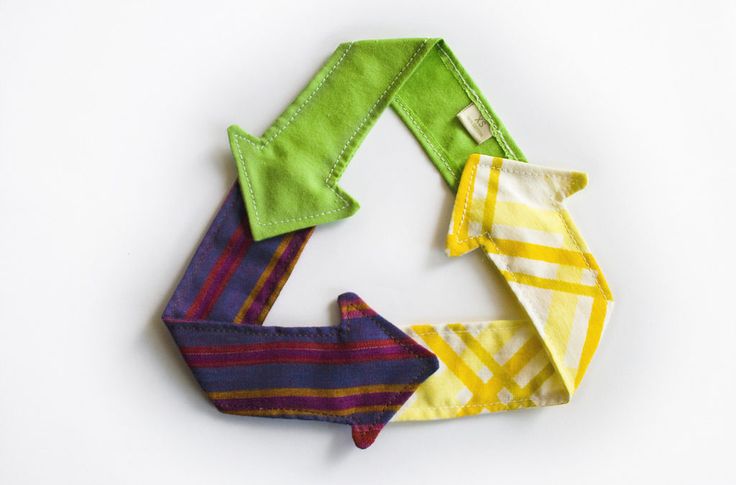The global textile industry is one of the largest contributors to environmental pollution. With fast fashion trends pushing the demand for quick production, millions of tons of textile waste are generated each year. However, with the growing awareness of environmental sustainability, there has been a significant shift toward recycling and reusing textile waste. Textile recycling is not just a solution to the waste problem but also an innovative approach to creating wealth from waste.
The Growing Problem of Textile Waste
Textile waste has become a global issue. According to the Environmental Protection Agency (EPA), millions of tons of textiles are discarded every year, contributing to overflowing landfills and environmental degradation. The environmental impact is staggering, considering the resources consumed and the pollution caused during the production of these textiles.
Yet, amidst this challenge lies an opportunity. Textile recycling has emerged as a beacon of hope, offering innovative ways to transform waste into valuable products, reducing the environmental footprint of the fashion industry.

Innovative Textile Recycling Technologies
The advancements in textile recycling technologies have opened up new avenues for sustainable practices. Here are some of the most promising innovations:
1. Mechanical Recycling
Mechanical recycling is one of the most established methods of textile recycling. This process involves shredding textiles into fibers that can be spun into new yarns. These recycled yarns can be used to create new fabrics, reducing the need for virgin materials. Mechanical recycling is particularly effective for cotton and wool, where the fibers retain much of their original properties.

2. Chemical Recycling
Chemical recycling is a more advanced technique that involves breaking down textile fibers into their chemical components. These components can then be reassembled into new fibers, which are often of higher quality than those produced through mechanical recycling. This method is especially useful for synthetic fibers like polyester, which can be recycled multiple times without losing their strength.
3. Biodegradable Fabrics

While recycling is a crucial aspect of sustainability, the development of biodegradable fabrics takes it a step further. These fabrics are designed to decompose naturally, reducing the long-term impact on the environment. Innovations in biodegradable textiles are paving the way for a future where the end-of-life impact of clothing is minimized. To learn more about this exciting development, check out our blog on Biodegradable Fabrics: The Next Step in Sustainable Fashion.
4. Closed-Loop Recycling

Closed-loop recycling is a system where the end product of a recycling process is used to create the same product again, ensuring no waste is generated. This approach is gaining traction in the textile industry, where garments are designed to be fully recyclable. The fibers from an old garment can be used to produce a new one, creating a circular economy that reduces waste and conserves resources.
The Economic Potential of Textile Recycling
Textile recycling is not just an environmental necessity; it also presents significant economic opportunities. The market for recycled textiles is growing rapidly, driven by consumer demand for sustainable products. Companies that invest in textile recycling can tap into this lucrative market while also reducing their operational costs by minimizing waste.

Moreover, recycled textiles can be used to create a wide range of products beyond clothing. From insulation materials to automotive components, the possibilities are endless. By turning waste into wealth, businesses can contribute to a more sustainable economy and reduce their environmental impact.
Addressing the Challenges
Despite the advancements in textile recycling, several challenges remain. The diversity of textile materials, the presence of contaminants, and the cost of recycling processes can pose significant obstacles. However, ongoing research and development are focused on overcoming these challenges.
Effective textile waste management is crucial to ensuring the success of recycling efforts. Addressing the logistical and technological challenges will require collaboration across the industry. To delve deeper into these challenges and potential solutions, read our blog on Textile Waste Management: Challenges and Solutions.
Conclusion: A Sustainable Future Through Textile Recycling

Textile recycling is a powerful tool in the fight against environmental degradation. The innovations in recycling technologies are transforming waste into valuable resources, offering a sustainable solution to the textile industry’s waste problem. As consumers become more environmentally conscious, the demand for recycled and sustainable products will only continue to grow.
To fully embrace this future, it’s essential to stay informed about the latest developments in sustainable fashion. For a deeper understanding of biodegradable fabrics and their role in this movement, explore our comprehensive guide on Biodegradable Fabrics: A Comprehensive Guide.
As we move towards a more sustainable future, businesses have a unique opportunity to lead the way in textile recycling. Companies like Locofast are at the forefront of this revolution, offering innovative solutions that make sustainability a reality. Visit Locofast to learn more.